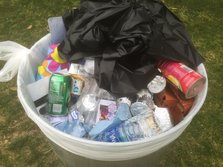 Zero Waste is a journey; we move toward it. This concept is a major reason many people do not understand what it means. “Zero waste?” people ask. “How is THAT possible.” In our current (1st) worldview, our consumerist way of thinking, our linear paradigm, it’s hard for many to fathom. But it is, most certainly, possible. Just look around. There are places, people and businesses that are very, very close (UC San Diego, Sony, Subaru). It also is, most certainly, our problem – because we live here and there are going to be ancestors who are counting on us to care. It’s called trans-generational justice. A major hurdle keeping the truly committed to absolute ZERO waste is design. A major hurdle keeping the skeptical from the BELIEF in the possibility of zero waste is perspective. When we ponder what Zero Waste means, we need to change. Change our minds, change our perspective, and change the words to the exact opposite. “Zero” becomes “All,” and “Waste” becomes “Resource.” Waste Management becomes Resource Management, and instead of throwing everything away, we strive to throw nothing away. We strive to; we hope to… but we truly, genuinely, from our gut, hope to and try to. Learning requires a change in thinking and behavior. In fact, it’s been said that learning can be defined as a change in behavior. You know how to do something new or you think in a different way. In this case, our first lesson might be the word ‘feedstock.’ Aluminum cans are a feedstock for new aluminum; banana peels are a feedstock for new soil. The sub-heading lesson there is ‘closed-loop system.’ Nature is a closed-loop system: no waste. So what do you actually DO? Just think differently? Well, no, of course not. The thinking leads to action. Here are some easy action items: 1. Take the word and concept of trash out of your life – out of your consciousness. Every time – and I do mean EVERY time – you are about to rid yourself of some… let’s say ‘discard’ (instead of garbage, trash or waste) ask yourself where it should go. This will be an evolutionary process. It will become part of what you think about – part of what makes you tick and part of what makes you sick. The piles of paper packaging and organic discards in the food courts at your favorite mall will definitely make you ill. Some discards are much easier than others. Some require an effort, but here’s what happens with that effort: Feedstocks are generated and eventually gain value. Not that long ago, only #1 and #2 plastics were accepted in my curbside blue bin in San Diego. But due to the ever growing piles of #3-6 (yogurt and butter tubs, etc.) the city now accepts not only those, but most hard plastic items (think toys, buckets and pots). A market was created. Was it because people were throwing these items in the blue bin? Not sure, but I figured if enough people throw enough of the same feedstock in there, it might just be easier for the MRF (Materials Recovery Facility) to find a market for that material than to keep pulling it off the conveyor belt. Check your city’s environmental services department (or waste management) website for instructions on what goes where in your curbside collection. 2. Everything organic should be composted. Unfortunately, that’s not realistic for home composting, because protein discards (meat scraps, bones, cheese, and the like) will result in nasty fly/maggot issues. For an industrial, enclosed digester, everything is acceptable; it gets so hot in there, a dead rat can be composted right along with all the other putrescibles. But for you backyard composters, discards from your fruits, vegetables, breads, nuts, grains, egg shells, coffee grounds – non-meat stuff – can be easily composted. You do need the space in your yard. You will want to cover your pile or get an enclosed bin to keep the varmints from stealing your booty. You’ll need some leaves from your yard to balance the chemistry. But you and your plants will love the soil you make. In my “Compost: Win Infinity” video, I show you my setup and give you the “no-brainer” (Nora Goldstein, BioCylce Magazine) benefits of keeping organics out of the landfill. Your setup may need to be different depending on where you live, but worry not, there are numerous composting resources out there. I just Googled “home composting” and clicked on the video tab… 156,000 results. People think I’m littering, but it’s much better to toss your banana peel in a nearby bush (you can certainly hide it from sight) than to put it in the “going-to-the-landfill-to-create-methane-by-biodegrading-anaerobicly”discard can. See how the change of mindset makes you look at a trash can differently? 3. I don’t trust recycling in public spaces, especially at the colleges where I teach. There is no incentive for collection workers to separate recyclables or to pull non-recyclables from the blue bins. So, in many circumstances, everything gets dumped into the trash receptacle on the janitor’s cart. You just never know. I take all my recyclables with me, putting them in a reusable bag in my car. It’s REALLY not that hard. It’s part of who I am now. And that’s not only for items that are accepted in my curbside blue bin pickup. Metal, e-waste, textiles, plastic film, and batteries are also source separated in my house – and virtually everywhere I go. I take my metal to California Metals in El Cajon. I wait for free alkaline battery recycling opportunities before moving my box of batteries. I go to a neighborhood e-waste business for all my discards with a power cord. We give away gads of goods to reuse entities like Goodwill, Salvation Army and Disabled Veterans. I use freecycle.org or craigslist free stuff. My bag of bags goes to the grocery store every month or so. My socks with holes, ruined shorts, and other non-reusable fabrics go to thrift stores. We also use TerraCycle for chip bags and bathroom discards (empty toothpaste tubes, deodorant, dental floss, etc.). My household of four (three adults, one teen) produces one or two small bags of trash (oops… non-recyclable discards) each week. We divert everything else, since we compost, donate and repurpose everything else. The hard-to-recycle items are a conundrum. I have small piles of rubber (garden hoses, sports balls, bike tires, etc.), PVC and paint cans waiting for a place to go. The paint can go to the Household Hazardous Waste (HHW) collection at the landfill, but that process is so insufferable, I’m surprised anyone does it. HHW needs to have regular curbside collection as well, but arrrgh! how to pay for it? I also have a broken patio umbrella that I will eventually dismantle into its various materials for recycling. But how many people are willing to do that? Not many. So we have a long way to go, but each individual does not. Just commit to BEING that new person. You care. You stop and think. You insist on an uncompromised attitude toward your discards. You do use the small packets of ketchup/mustard/honey at restaurants. You will not be a part of humanity that allows the films Idiocracy and Wall-E to come true, because if you’re not for zero waste, how much waste are you for?
3 Comments
|
Author
Bob Sly is a 30-year multimedia professional who has been covering zero waste happenings since 2007. Zero Waste is a goal we must perpetually pursue. ArchivesCategories |
Proudly powered by Weebly

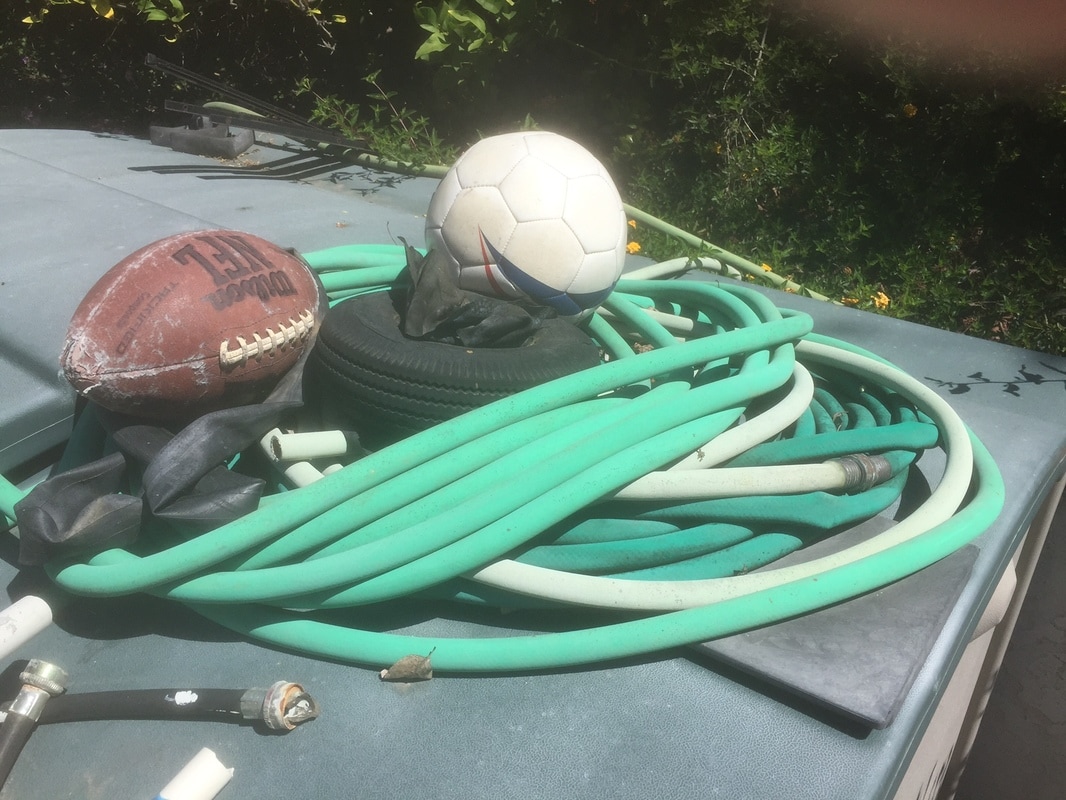
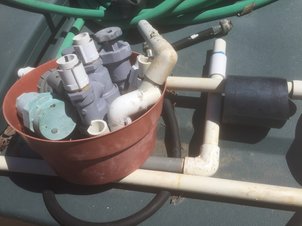
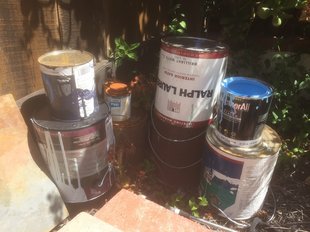
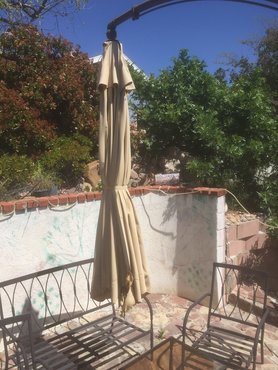
 RSS Feed
RSS Feed